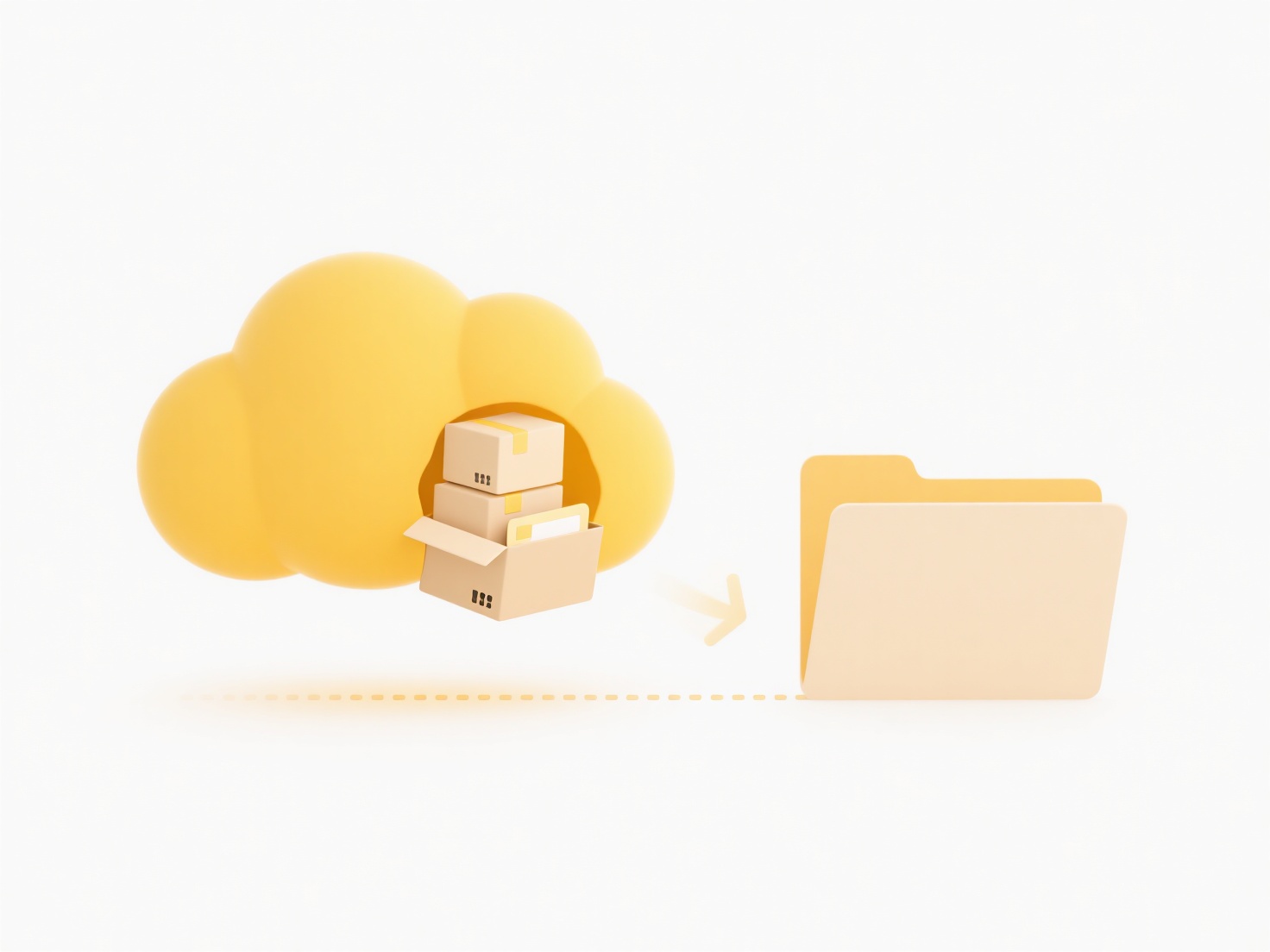
Making a file read-only for others involves setting specific permissions that prevent users from modifying, deleting, or renaming the file while typically still allowing them to open and view its contents. This is primarily managed through the operating system's file permission system. On Windows, you control this via file properties; on Linux/macOS, commands like chmod are used. This differs from shared files where collaborators might have full edit rights or completely private files where others have no access at all.

Practically, you might set a critical report or configuration file to read-only for your team on a Windows network share by right-clicking the file, selecting Properties, going to the Security tab, and editing permissions for specific groups/users to deny "Write" or "Modify". On a Linux server, an admin could use the terminal command chmod o=r filename to set others (users not the owner or group members) to read-only access (r), allowing viewing but preventing changes.
This approach enhances security and prevents accidental or unauthorized modifications, ensuring data integrity. However, managing permissions accurately requires understanding user groups and access levels; mistakes can lead to unintended access or overly restrictive settings requiring admin intervention. Relying solely on file system permissions within an OS isn't always synchronized with access controls within cloud platforms or collaborative tools like SharePoint or Google Drive, potentially causing confusion or duplication. Proper implementation is key for secure collaboration.
How do I make a file read-only for others?
Making a file read-only for others involves setting specific permissions that prevent users from modifying, deleting, or renaming the file while typically still allowing them to open and view its contents. This is primarily managed through the operating system's file permission system. On Windows, you control this via file properties; on Linux/macOS, commands like chmod are used. This differs from shared files where collaborators might have full edit rights or completely private files where others have no access at all.

Practically, you might set a critical report or configuration file to read-only for your team on a Windows network share by right-clicking the file, selecting Properties, going to the Security tab, and editing permissions for specific groups/users to deny "Write" or "Modify". On a Linux server, an admin could use the terminal command chmod o=r filename to set others (users not the owner or group members) to read-only access (r), allowing viewing but preventing changes.
This approach enhances security and prevents accidental or unauthorized modifications, ensuring data integrity. However, managing permissions accurately requires understanding user groups and access levels; mistakes can lead to unintended access or overly restrictive settings requiring admin intervention. Relying solely on file system permissions within an OS isn't always synchronized with access controls within cloud platforms or collaborative tools like SharePoint or Google Drive, potentially causing confusion or duplication. Proper implementation is key for secure collaboration.
Quick Article Links
Can I sync files between two computers using the cloud?
Cloud file syncing uses online storage services to automatically keep identical copies of files on two or more computers...
Can I use a hash or UUID for file names?
A hash or UUID can be effectively used as a file name. A hash is a unique, fixed-length string generated from the file's...
What file name format works best for photos or media libraries?
A good photo and media library naming format clearly identifies content while making files easy to organize, search, and...